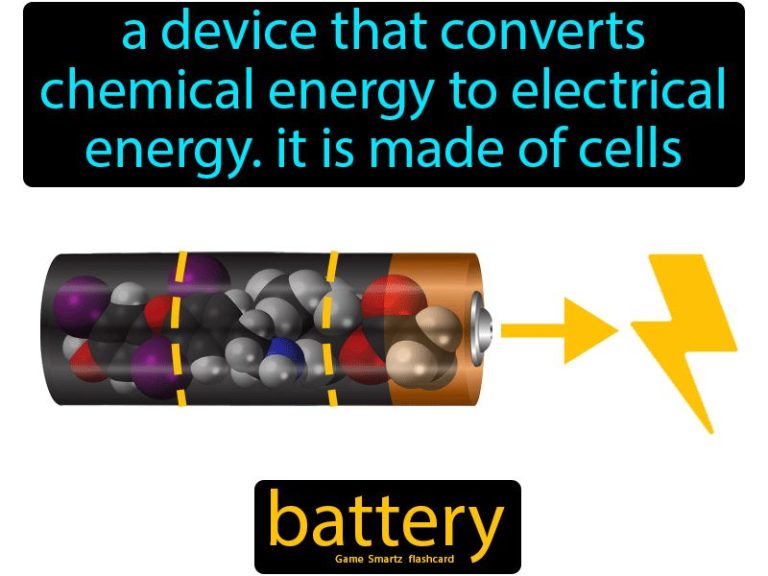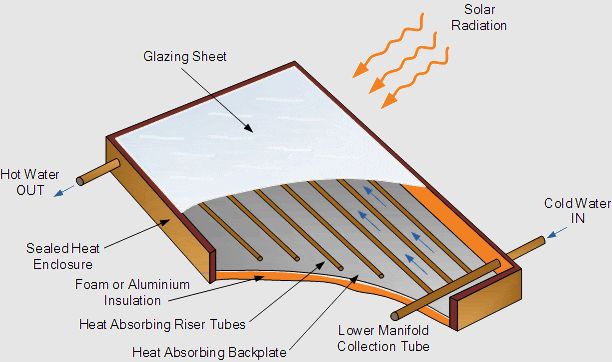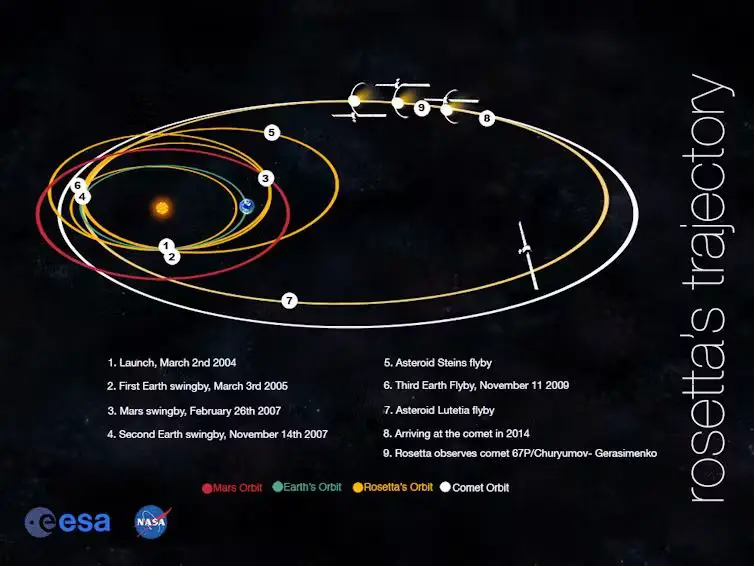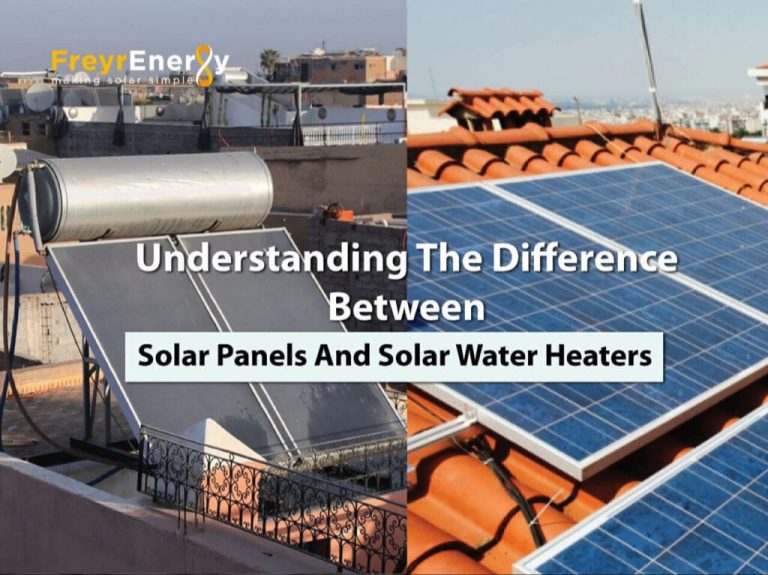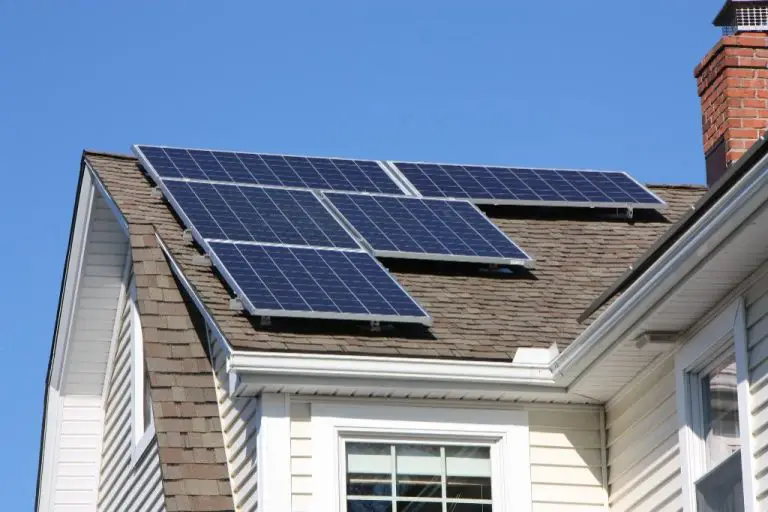What Is An Example Of Direct Solar Energy?
What is Direct Solar Energy?
Direct solar energy refers to technologies that convert sunlight directly into usable forms of energy, usually heat or electricity. Sunlight hits the earth with immense power – enough energy hits the planet in one hour to satisfy the world’s electricity demands for an entire year. Direct solar technologies harness this power and convert it into immediately usable energy without any intermediate steps.
Some common examples of direct solar energy technologies include:
- Solar photovoltaic (PV) panels that convert sunlight into electricity using the photovoltaic effect.
- Concentrated solar power plants that use mirrors to concentrate sunlight to heat fluids like molten salt which can then be used to generate electricity.
- Solar water heaters that use rooftop panels to heat water for residential or commercial use.
- Solar furnaces and solar forges that concentrate sunlight to produce extremely high temperatures for industrial processes.
- Passive solar building designs that maximize natural light, heat gain, and ventilation to reduce reliance on artificial lighting and HVAC systems.
Overall, direct solar energy provides clean and renewable power by directly capturing sunlight and converting it into useful forms of energy like electricity and heat. As solar technologies improve in efficiency and decline in cost, direct solar is poised to become a major pillar of the global energy system.
Advantages of Direct Solar Energy
Direct solar energy has many advantages that make it an appealing renewable energy source. Some of the main benefits of using direct solar energy are:
Renewable – Solar energy comes directly from the sun, which will continue shining for billions of years. This makes solar a truly renewable energy source, unlike fossil fuels which are finite.
Abundant – The amount of solar energy that hits the Earth’s surface every hour is more than the global energy consumption for an entire year. Solar energy is abundantly available almost everywhere.
Reduces fossil fuel dependence – Using more solar energy can reduce reliance on coal, oil and natural gas. Every kilowatt-hour of electricity from solar replaces fossil fuel consumption.
Low maintenance costs – Solar panels and equipment have very little maintenance costs once installed. No fuel is required to keep solar electricity flowing.
Potential to decentralize power grid – Solar power can be generated at the point of use, reducing the load on centralized power grids. Solar is well-suited for distributed energy generation.
Creates jobs – Expanding solar power capacity creates jobs in manufacturing, installation, maintenance, sales and other areas. Solar jobs have grown rapidly in recent years.
Disadvantages of Direct Solar Energy
While direct solar energy offers renewable and clean power, it does have some limitations. The main drawback of solar power is that energy generation depends on the sun shining, so the supply can be intermittent. Cloudy weather and nighttime disrupt electricity generation. Areas of consistent cloud cover or very northern/southern latitudes with long winters may not be able to fully rely on solar as a power source.
The large surface area required for commercial-scale solar facilities is another downside. Utility-scale solar projects require a significant amount of land space, which can impact wildlife habitats or displace agriculture. Rooftop systems have physical space limitations as well.
High upfront capital costs can also be prohibitive, despite the long-term economic benefits. The cost of solar panels, inverters and installation is still expensive compared to traditional fossil fuel power plants. Storage systems, like batteries, add to the initial price tag to enable overnight and cloudy day electricity supply.
Even with storage, managing the intermittency of solar energy through a transmission grid is complex. Sudden shifts in solar output as clouds pass over can disrupt steady electricity flow. Sophisticated grid management and excess storage capacity is needed to maintain reliability.
Lastly, new transmission infrastructure investments are often needed to connect large solar facilities to the wider grid. Solar farms may be built in remote areas far from existing transmission lines.
Solar Thermal Technologies
Solar thermal technologies convert sunlight directly into heat. Some of the main solar thermal technologies include:
Solar water heating – Solar water heating systems use solar thermal collectors to absorb sunlight and generate heat which is transferred to water. The heated water can then be used for residential and commercial uses such as washing, or heating pools. Solar water heating is one of the most widely deployed solar technologies globally.
Concentrated solar power (CSP) – CSP uses mirrors and lenses to concentrate sunlight onto a receiver, generating intense heat. The heat is then used to drive a heat engine and generator to produce electricity. CSP plants include parabolic trough systems, power tower systems, and dish/engine systems. CSP provides a renewable and sustainable option for utility-scale power generation.
Solar furnaces – Solar furnaces use large dish reflectors to concentrate sunlight to produce high temperatures, up to 3,500°C. This intense heat can be used for high temperature material processing including smelting, crystal production, or testing material properties. Solar furnaces are mainly used for research purposes.
Passive solar heating – Passive solar building design utilizes large south-facing windows, thermal mass, and building orientation to harness sunlight and naturally heat homes and buildings without the need for mechanical systems. Strategies like trombe walls, solariums, and sunspaces take advantage of passive solar heating.
Photovoltaic Solar Energy
Photovoltaic (PV) solar cells convert sunlight directly into electricity using the photovoltaic effect. PV cells are made of semiconductor materials like silicon that absorb photons from sunlight and release electrons. The free electrons generate a current that can be captured and used as electricity.
There are a few main types of PV cell materials:
- Monocrystalline silicon – made from single silicon crystals, most efficient but more expensive
- Polycrystalline silicon – made from multiple silicon crystal fragments, less efficient but cheaper
- Thin-film – made by depositing semiconductor layers on substrates like glass or plastic, less efficient but more flexible
- Organic PV – made from organic semiconductor materials like plastics, inexpensive but low efficiency
PV solar panels are the most common application, mounted on rooftops or in large utility-scale solar farms to generate electricity. PV cells are also used to power satellites, road signs, calculators, watches, and more. Their solid-state nature with no moving parts makes them durable and low-maintenance.
Concentrated Solar Power
Concentrated solar power (CSP) systems use mirrors or lenses to concentrate a large area of sunlight onto a receiver. The concentrated energy is converted to heat, which drives a heat engine connected to an electrical power generator. There are three main types of CSP technologies:
Parabolic troughs – Long, U-shaped mirrors tilt to track the sun along one axis. The mirrors focus sunlight on a pipe containing a heat transfer fluid that flows through the focal point, heating the fluid to 400°C. The hot fluid flows through a series of heat exchangers to produce superheated steam that drives a turbine connected to an electrical power generator.
Solar power towers – Hundreds or thousands of sun-tracking mirrors (heliostats) focus sunlight onto a receiver atop a tall tower. The receiver contains a heat transfer fluid that can be heated over 1000°C. The fluid carries the heat to a power block to generate electricity through a conventional steam turbine generator.
Dish/engines – A parabolic dish-shaped mirror reflects and concentrates sunlight onto a receiver at the focal point. The receiver absorbs the heat and transfers it to a fluid to run a heat engine connected to a power generator. Each dish/engine unit is self-contained and can operate independently.
A key advantage of CSP systems is their ability to include thermal energy storage, allowing electricity production even when the sun is not shining. Excess heat collected during the day can be stored in materials like molten salt and then used at night to generate power.
CSP plants can also be hybridized with fossil fuels such as natural gas. The gas can supplement solar input, ensuring uninterrupted power generation or higher peak capacity. This allows CSP to provide base load or on-demand power generation.
Solar Energy Use by Country
When it comes to installed solar energy capacity, China leads the world by a significant margin. As of 2021, China had over 305 gigawatts of total installed solar capacity, more than double that of the United States in second place. Other top countries for installed solar capacity include Japan, Germany, India, Italy and Australia.
Global solar energy capacity has expanded rapidly in recent years. Total worldwide installed capacity grew from around 40 gigawatts in 2010 to over 760 gigawatts by the end of 2020. Growth has been especially strong in Asia, with China and India leading capacity growth in recent years.
Government policies have been crucial for driving solar adoption worldwide. Nations that have implemented strong policy incentives like feed-in tariffs, tax credits, renewable portfolio standards and competitive auctions have seen their solar markets thrive. For example, Germany’s early feed-in tariffs helped it become an early solar leader, while China’s policies and 5-year plans have stimulated massive growth there. As costs continue to fall, solar competitiveness improves even without subsidies, but government policies remain pivotal for reaching nations’ solar energy targets.
Notable Direct Solar Projects
Some of the world’s largest and most innovative direct solar energy projects showcase the tremendous potential and rapid growth of this renewable technology. As solar power matures, mammoth utility-scale solar farms are being built worldwide to provide clean electricity to the grid.
China has constructed several of the biggest solar farms on the planet, including the 850 MW Longyangxia Dam facility and the 1,547 MW Tengger Desert Solar Park. India’s Sakri solar plant generates over 200 MW. The United States is home to the 579 MW Solar Star complex in California, one of the largest operational solar farms to date.
Developing countries are also embracing solar power. The Noor Complex in Morocco will be the largest concentrated solar power (CSP) installation in the world at over 500 MW capacity. Bangladesh has installed over 4 million solar home systems to provide rural electrification. Off-grid solar projects across Africa are supplying electricity access to remote areas.
Researchers continue to test innovative solar technologies, like floating solar arrays on reservoirs that reduce water evaporation, high-efficiency multilayer solar cells, and solar panel roads that allow driving and power generation. With expanded deployment and steady technological improvements, direct solar energy will play a major role in powering the planet far into the future.
Future of Direct Solar Energy
The future looks bright for direct solar energy technologies like photovoltaics and concentrated solar power. Researchers are constantly working to improve solar efficiency and lower costs through new materials and manufacturing processes. Some key areas of innovation include:
Improving efficiency – Companies are developing high-efficiency crystalline silicon solar cells that convert over 20% of sunlight into electricity. New thin-film materials like perovskites also promise higher efficiencies above 20%. Solar cell designs that reduce reflected light can further boost efficiency.
Lowering costs – Economies of scale and streamlined manufacturing techniques continue to reduce PV module costs. Companies are also working on roll-to-roll manufacturing of flexible thin film solar cells to further cut costs.
New technologies – Emerging technologies like building-integrated photovoltaics, floating solar arrays, and solar roads aim to expand where and how solar energy is used. Concentrated solar power plants with thermal energy storage provide 24/7 renewable electricity.
Projected growth – Solar power capacity is projected to grow substantially in the coming decades. The IEA predicts solar PV alone will reach over 4700 gigawatts worldwide by 2050 under its Sustainable Development Scenario.
Conclusion
In summary, direct solar energy has emerged as a promising renewable energy source with the potential to reduce reliance on fossil fuels. Solar thermal technologies like concentrated solar power and photovoltaics convert sunlight directly into useful energy like electricity and heat. Countries around the world are rapidly expanding solar capacity to meet emissions reduction targets and energy security goals. Notable direct solar projects like Ivanpah in California and Noor in Morocco demonstrate the viability of utility-scale solar plants.
Direct solar energy will play a pivotal role in the global transition to renewable energy. With costs continuing to fall and efficiencies rising, solar power is poised to account for a substantial share of electricity generation in the coming decades. Realizing the full potential of solar will require sustained technological innovation, policy support, and public and private investment in new solar plants and infrastructure.
To fully tap the promise of abundant solar energy, individuals and communities should advocate for pro-solar policies from local to national levels. Installing solar panels on homes and businesses also allows participation in the renewable energy transition. With commitment and vision, direct solar power can provide clean electricity to meet humanity’s needs today and for generations to come.

